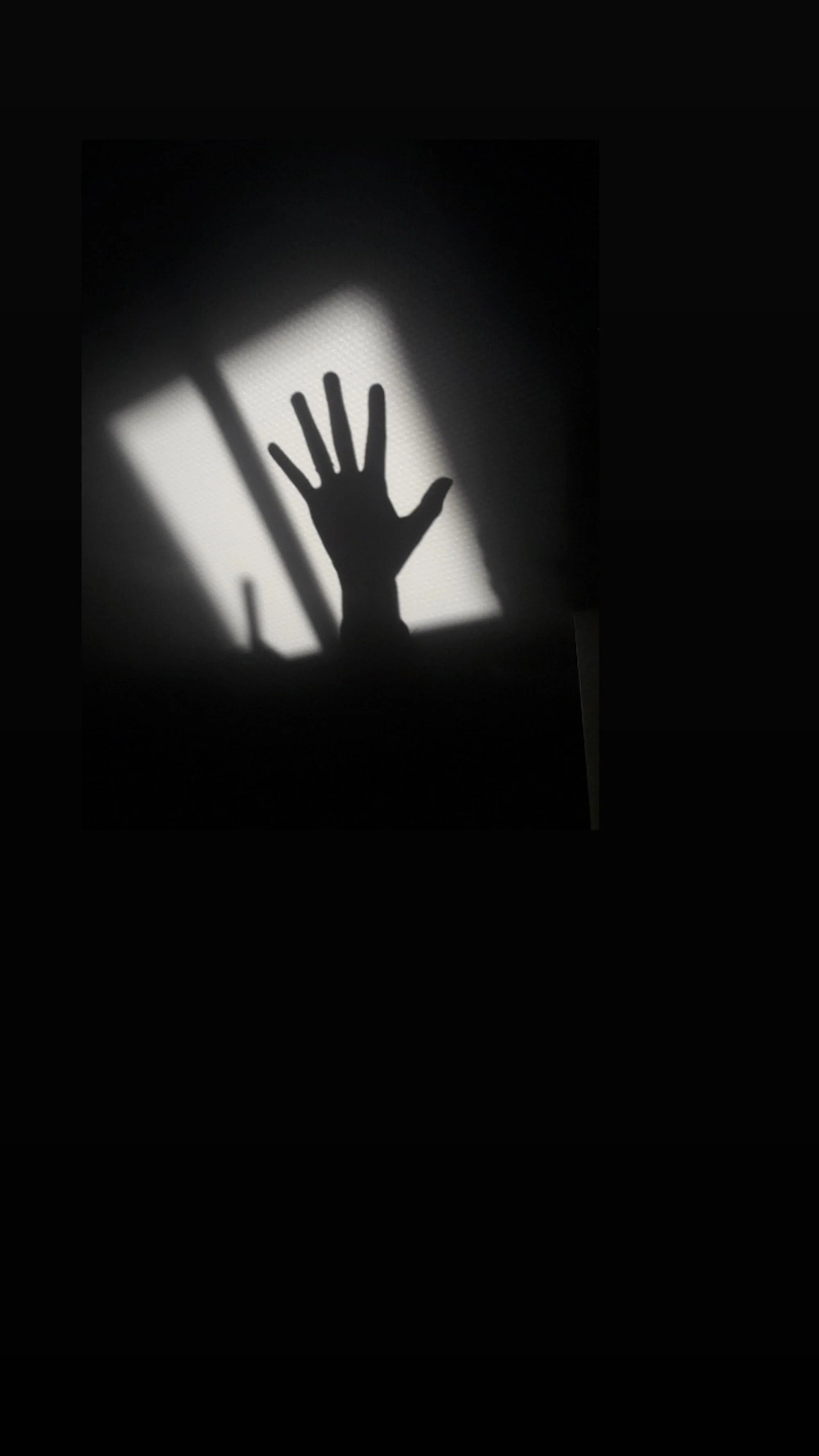Embracing the being of warrior
Warriors demonstrate strength, skill and resilience of will. They are wholehearted in their focus on the best outcome for themselves and others.
There can be shadow sides to warrior-ship too: being locked in conflict; indifference to the suffering of others in pursuit of a goal, chasing victory at all cost. The shadowy traits of this archetypal identity have made me shy away from thinking of myself as a warrior. I’ve always thought of it as something excessively masculine: too rigid, too exploitative, perhaps.
Recently, though, I’ve reframed my understanding of what it is to be a warrior. The concept has come up in sessions with my own coach Toku McCree, as part of an enquiry into my approach to leadership. How does warrior-ship help us understand how to lead others effectively? I’ll share with you the definition he shared with me: as a warrior, you use all the tools, techniques and means at your disposal to create what you’re committed to creating.
Using all the tools and techniques at your disposal. There’s creativity and innovation here; there’s a mindset of using everything and wasting nothing. Hearing this definition has shifted my perception of warrior-ship. There’s a flexibility and fluidity to this role or type, I realise, that I hadn’t previously considered.
In periods of difficulty or scarcity, we often contract and stop seeing what’s in front of us. During these times, it’s more important than ever to come from a place where we might see solutions: to gather what resources we have and be alert to how we can use them in new ways. This shift of perception requires change—adapting our thinking or existing habits and routines to make space for more visionary thinking.
Only when we stop and consider different approaches are we in a state to move forwards, making the most of what we already have.
Are you prepared to commit to your vision by first connecting to it, then emerging from that still place that infuses your being so you are ready for action? Can you identify the resources you have that are currently underutilised? The key here is commitment. Are you willing to dig deep and search? What do you have internally as well as externally that can help you create what you’re committed to creating?
Such flexibility, the willingness first to dwell in emptiness in service of the subsequent doing, reminds me of warriors in the martial arts, whose capacity to yield becomes a sort of superpower. To achieve victory, to make things happen, these warriors are just as adept at deploying empty space as they are in using their own physical force. They flow around their competitors and, as though in a game of chess, see possibility ahead of time and move towards it.
When challenges arise, we have a choice: we can approach it as we have always done, with intense effort and force of will. Or we can surrender to a larger context. By ‘surrender’ I don’t mean give up or passively give in—but remain grounded and open, with a quiet and expectant alertness: the space for fluidity, the space for possibility.
